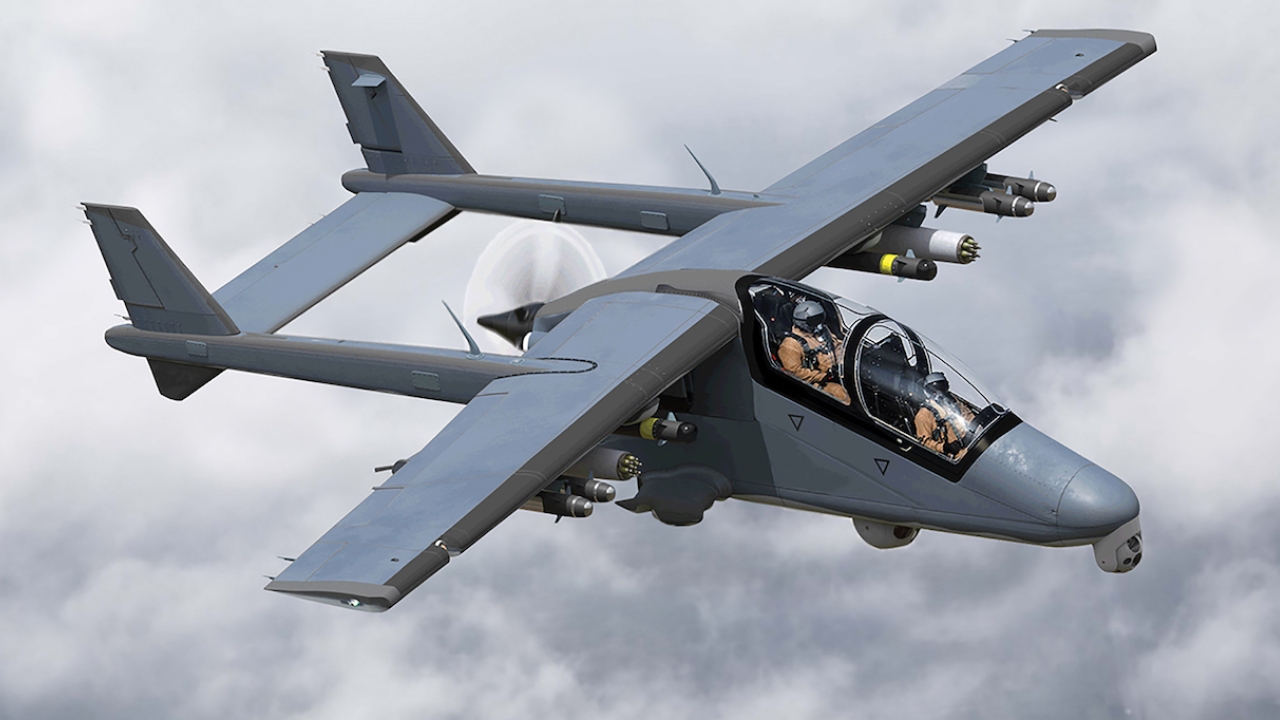Algeria ups its order for Night Hunters
Algeria's substantial order for Russian combat helicopters indicates concern about both terrorists and international rivals, according to specialists on the region.

Increasing tensions in North Africa have seen Algeria increase an order for Russia’s Mil Mi-28NE Night Hunter attack helicopters from eight aircraft to 42.
The Mi-28NE, the export variant of the Mi-28N used by the Russian armed forces, will provide a significant boost to the Algerian Air Force capabilities.
The larger order came almost simultaneously with the latest example of Daesh terrorists attempting to create a caliphate in North Africa. In March, they launched a coordinated attack on army, national guard and police positions in the Tunisian town of Ben Guerdane, near the country’s border with Libya. Significantly, it is understood that Algeria came to the assistance of the Tunisian forces, beating back the insurgents in a three-day engagement.
“It’s said that Algerian attack helicopters flew in at low level to be used against the insurgents,” said Professor George Joffé, of the University of Cambridge in the UK, one of the country’s leading authorities on the Middle East. This operation was “part of growing co-operation between Algeria and Tunisia” in the anti-terrorism field.
Algeria currently has a fleet of around 35 earlier-generation Mil Mi-24 Hind attack helicopters, whose cockpit systems were upgraded around a decade ago by South African company Advanced Technologies and Engineering.
Whether the new Mi-28s will replace or supplement their predecessors is unknown. Manufacturer Russian Helicopters referred all questions on the Algerian order to the country’s arms export agency, Rosoboronexport, which declined to give any details.
Details of customisation of the Mi-28NEs for Algeria are scant, although, according to Russian press reports, they will be modified so they can be flown from both the pilot and the navigator/weapons operator’s cockpits.
The Mi-28 is well-suited to patrolling Algeria’s vast southern borders against infiltration by Daesh militants. These borders, said Joffé, were “very porous”; although the Algerian armed forces now maintained quite strong control in areas they feared vulnerable to infiltration. Many of Algeria’s vital oil and gas facilities are in the remote Saharan regions of southern Algeria.
As well as the Mi-28’s chin-mounted 30mm cannon, it can carry laser-guided anti-tank missiles, unguided rocket pods, cannon pods or mine dispensers on its stub wings.
A subsidiary motive for acquiring the Mi-28s, Joffé added, was increasing tension between Algeria and Morocco. The countries have a long-running, smouldering dispute over Western Sahara.
Western Sahara, a former Spanish colony, was annexed by Morocco in 1975 and remains under de facto Moroccan control. However, its indigenous Saharawi people, led by the Polisario Front, declared the area to be the Saharan Arab Democratic Republic in 1976. This is now recognised by many governments and is a full member of the African Union.
The Mi-28s, said Joffé, would be used to deter Morocco from attacking Polisario Front-controlled refugee settlements near the Algerian town of Tindouf, which lies close to where the borders of Algeria, Morocco, Mauretania and Western Sahara meet.
Tensions have heightened recently between Morocco and the Polisario, with Morocco having recently expelled a large part of the United Nations monitoring force in the region, explained Joffé. Algeria saw it as its duty to protect the camps near Tindouf.
Another specialist on the region, Riccardo Fabbiani, senior analyst on North Africa for the Eurasia Group political risk consultancy, said that while “In general it’s true that Algeria’s main security concern is the southern border and the security situation around the oil fields… it sounds like this is part of the arms race between Algeria and Morocco.”
Recent reports that Morocco’s armed forces had overtaken those of Algeria in capabilities may have had a part in the increased order for the Mi-28s, with Algeria keen to keep a balance of forces with its western neighbour.
The attraction of the Mi-28 to Algeria may have been aided by reports of the helicopter’s recent performance against Daesh forces in Syria, where it has fired AT-9 Spiral 2 missiles and other weaponry against ground targets.
Additionally, Russia’s defence ministry claimed that the helicopters’ jamming equipment had proved effective against a variety of man-portable air defence systems deployed by Daesh, including the Soviet-made Strela-1, Igla-1 and the Chinese Hong Ying-5.
Stay up to date
Subscribe to the free Times Aerospace newsletter and receive the latest content every week. We'll never share your email address.

